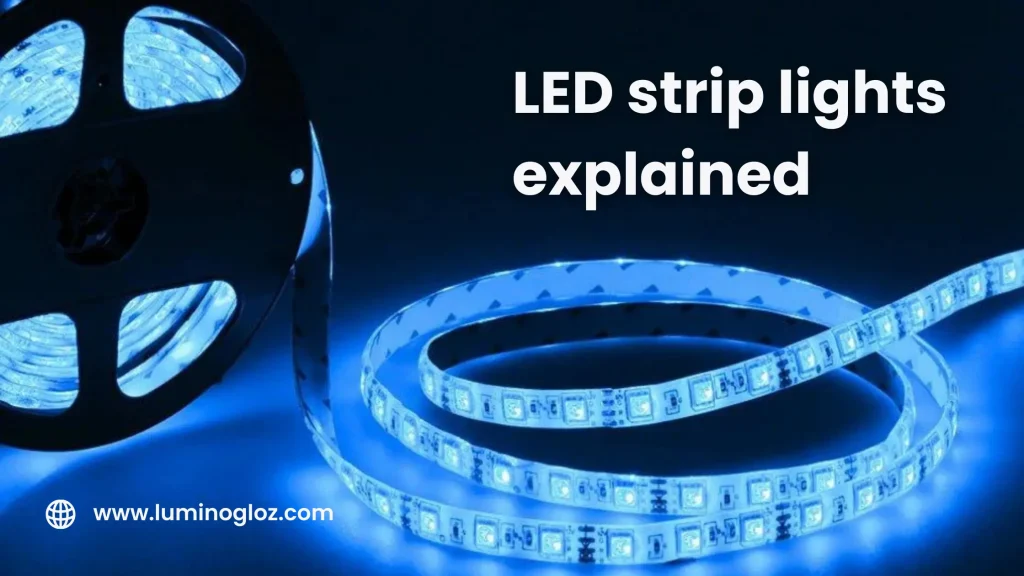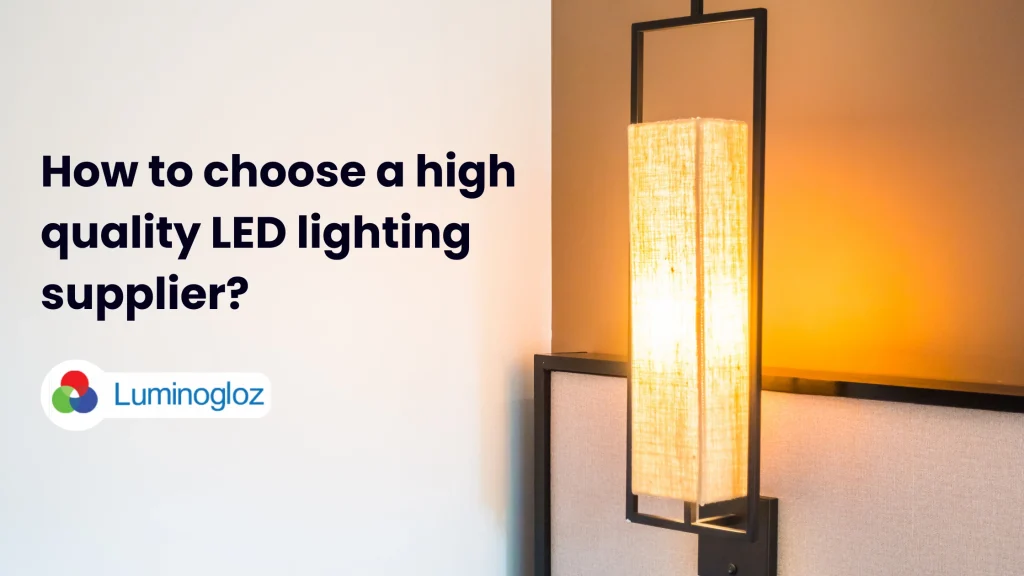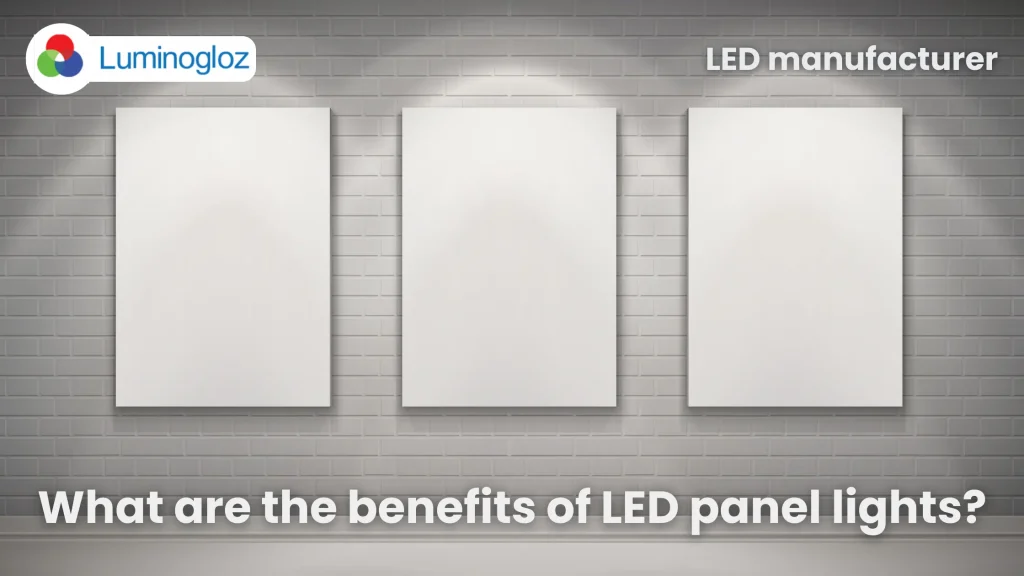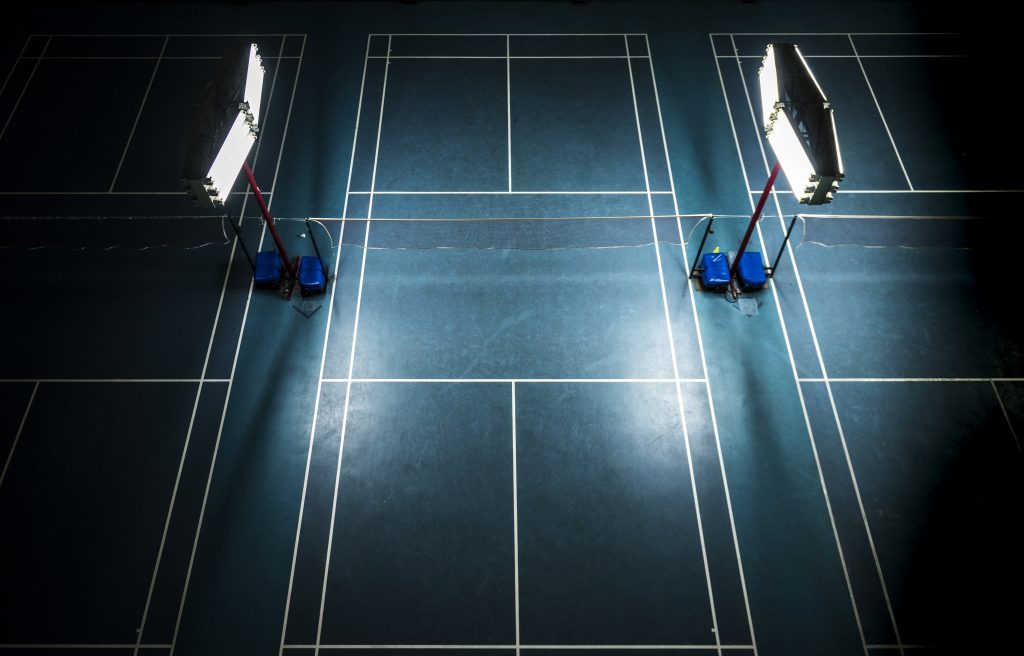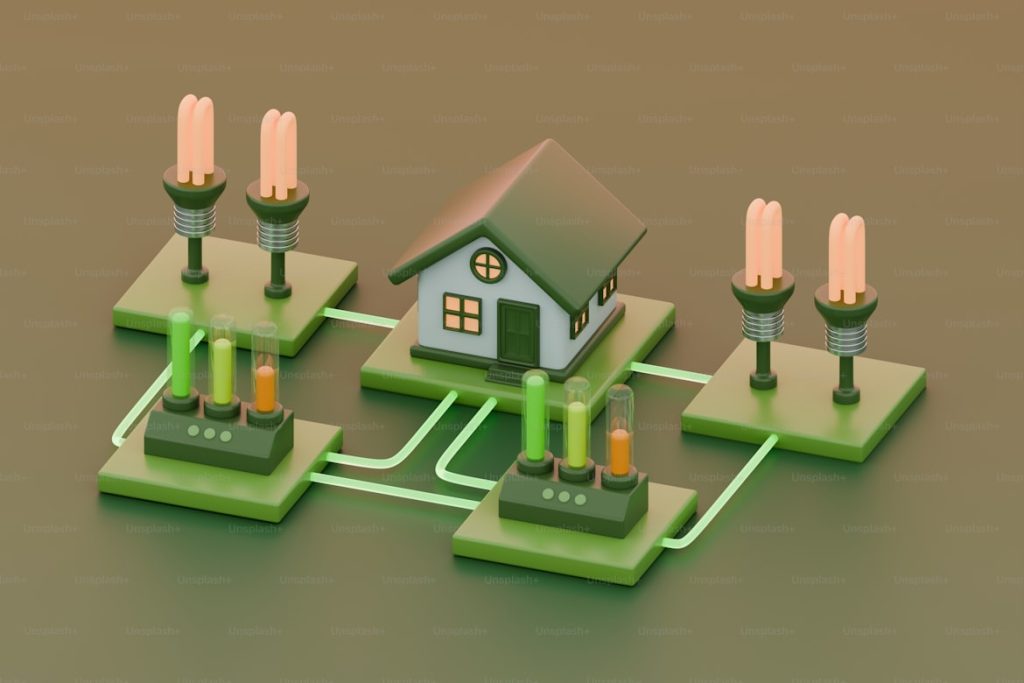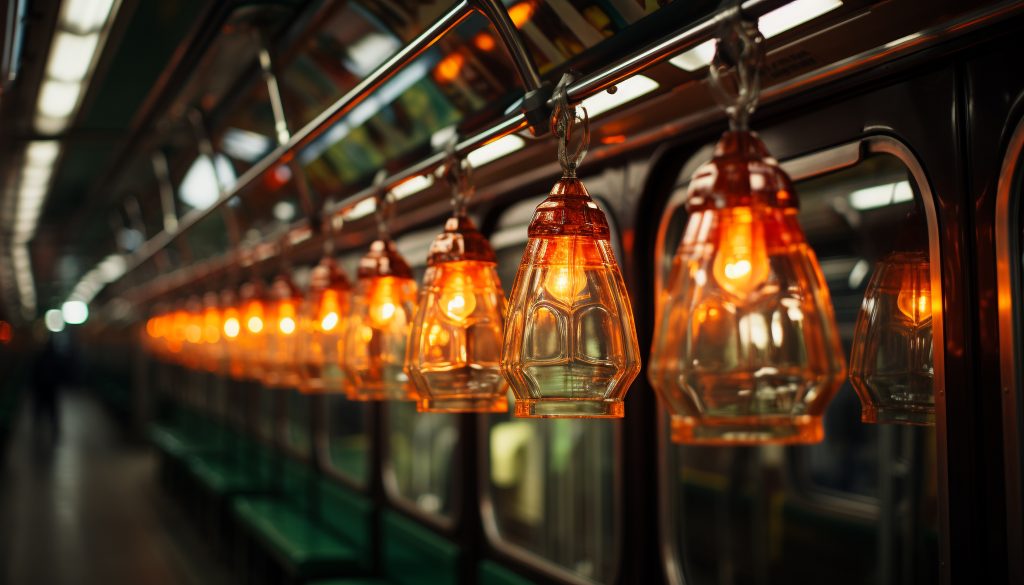LED Strip Lights Explained | Best LED lighting Manufacturer
LED Strip Lights are lighting components used for residential, commercial, and industrial lighting. They consist of multiple SMD LEDs mounted onto a strip, which can be either a flexible strip or a rigid strip. Strip lighting is very easy to use and saves you from having to mount individual lights across a large area. It comes with various options, including color-changing RGB, with various lengths to suit different applications An added advantage, 12v LED strip lights are available with different IP Ratings. This demonstrates how “waterproof” the LED strip is. If you require LED lighting that is completely waterproof, you may wish to go for a higher rating, for example, IP67. Why LED Strip Lights are in Demand Best LED Strip Lights are everywhere. When you walk into any modern showroom, boutique hotel, kitchen, or creative workspace, the first thing you will notice is how the appearance of the place, and most of the time, can change your mindset. This presence is always achieved by 12V LED strip lights. They’re thin and flexible with less power consumption, making them most reliable, and can be installed almost anywhere under home cabinets, along ceilings, behind TVs, or even inside furniture. They use less electricity compared to traditional lighting, with a little heat, but last up to 50,000 hours, making them both eco-friendly and cost-effective over time. With options for color tuning, brightness control, and nowadays, we have smart app integration for easy adaptation to any mood or function. At Luminogloz, we manufacture smart LED strips that align perfectly with your brand identity, project goals, and market demands. From custom lengths and colors to private labeling and packaging, we make sure your lighting doesn’t just work; we craft lighting solutions that stand out. Because great lighting shouldn’t be one-size-fits-all. It should feel personal, purposeful, and built to impress. Why Businesses Choose LED Strip Lights Businesses choose LED strip lights not only for their popularity with homeowners, but they’ve also become a smart business choice across industries. From startups to large-scale operations, companies are turning to smart LED strips for their performance and the real business advantages they offer. Custom-made strip lights are perfect for building brand identity in lighting, home decor, or tech markets. Most of the brands choose private label not only for its reduced manufacturing cost, another advantage because you can put your logo, packaging, and design on the product and make it uniquely yours Distributors always look for strong and steady demand in both retail stores and online. Whether it’s for home upgrades, commercial spaces, or seasonal decor, smart LED strip sales are always in the top for their versatility and wide range of needs, making them a reliable product. OEMs (Original Equipment Manufacturers) use LED strips to add value, style, and functionality to finished products in furniture, appliances, signage, or even automotive interiors without adding bulk or complexity. These built-in lighting solutions represent their advancements. To save energy and maintenance in large-scale projects, from luxury hotels and shopping malls to offices and modern homes, Contractors and designers choose smart led strips for their easy installation and flexible design options to create stunning visual effects LED strip lights are in a highly Steady market demand, with easy customization, making it a profitable product line. And at Luminogloz, we are making it simple for businesses like you to get exactly what you need from custom specs to private branding, everything produced in-house with consistent quality. Key Features to Look for in LED Strip Lights Key Feature Why It Matters Luminogloz Advantage Brightness & Energy Efficiency It should be bright but needs to use only a little power. This helps to save electricity and appeals to eco-conscious buyers. We use high-efficiency LEDs that deliver strong brightness with up to 70% less energy than traditional lights. Color & Light Temperature Different spaces need different lighting: warm white for cozy spaces, cool white for focus, RGB for fun. We offer a full range: warm white (2700K), natural white (4000K), cool white (6500K), and RGB/RGBW options. Durability Lights should last long indoors and survive outdoors. Look for dust/water protection (IP ratings). Our strips come in IP20 (indoor), IP65 (splash-proof), and IP67 (waterproof) toughened for any environment. Flexibility & Length Need a short strip under a cabinet or a long one around a ceiling? It should be easy to cut or connect. All our strips can be cut at marked points and extended with connectors, fully customizable as per project needs. Certifications & Safety Certified lights mean safety, reliability, and compliance with Indian standards (like BIS). Every batch is BIS-compliant and rigorously tested in our lab for voltage, heat, and long-term performance. At luminogloz, to ensure customer satisfaction, we test every batch in-house before delivery for Quality Luminogloz Manufacturing Advantage We’re not just another reseller or middleman; we’re real manufacturers with full control over every step of production. That means at Luminogloz, you get better quality, faster turnaround, and true customization for your brand. Here’s what sets us apart: Own Manufacturing Unit with Advanced Machinery to design and produce everything modern, our in-house is facilitated with automated SMT (surface-mount technology) lines and precision equipment. This ensures consistency, efficiency, and innovation Whether you’re testing the market with a small order or scaling up for nationwide distribution, we support both Bulk Production with Flexible MOQs, all without sacrificing quality or delivery time. Need a specific brightness level, color temperature, length, or waterproof rating? We tailor every detail with Custom Specifications like 12v led strip lights from 800mm to 5000mm+ lengths with Customizable lumens (brightness) and color accuracy, IP rating, and DC12V or DC24V From raw materials to final packaging, we follow Strict Quality Checks on Every Batch, and after manufacturing, every LED strip undergoes multi-stage testing, including aging tests, color consistency checks, and electrical safety inspections. Only perfect batches will be delivered to you. All our products meet Indian BIS standards to ensure compliance, safety, and confidence for retailers and end customers. Want to make your brand shine

